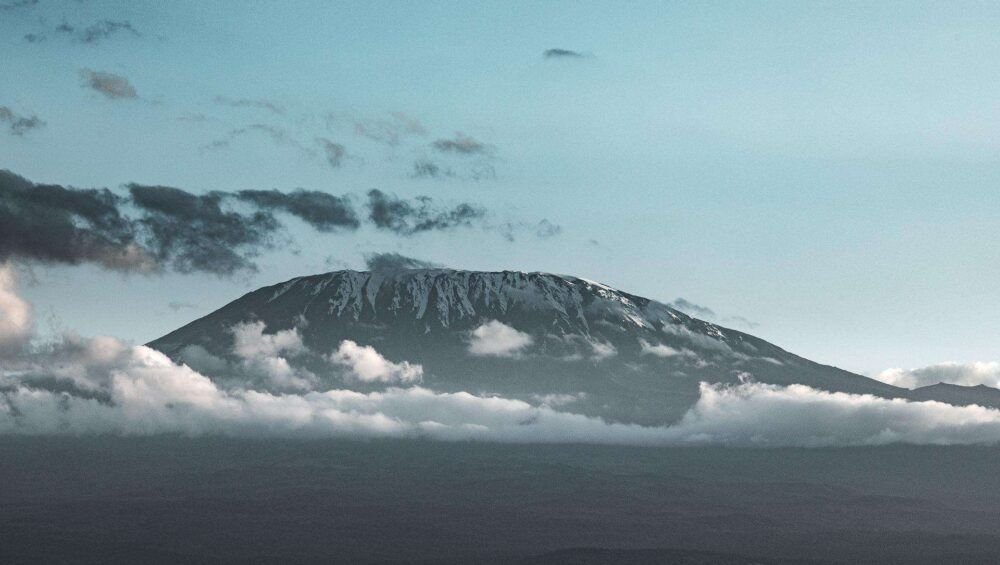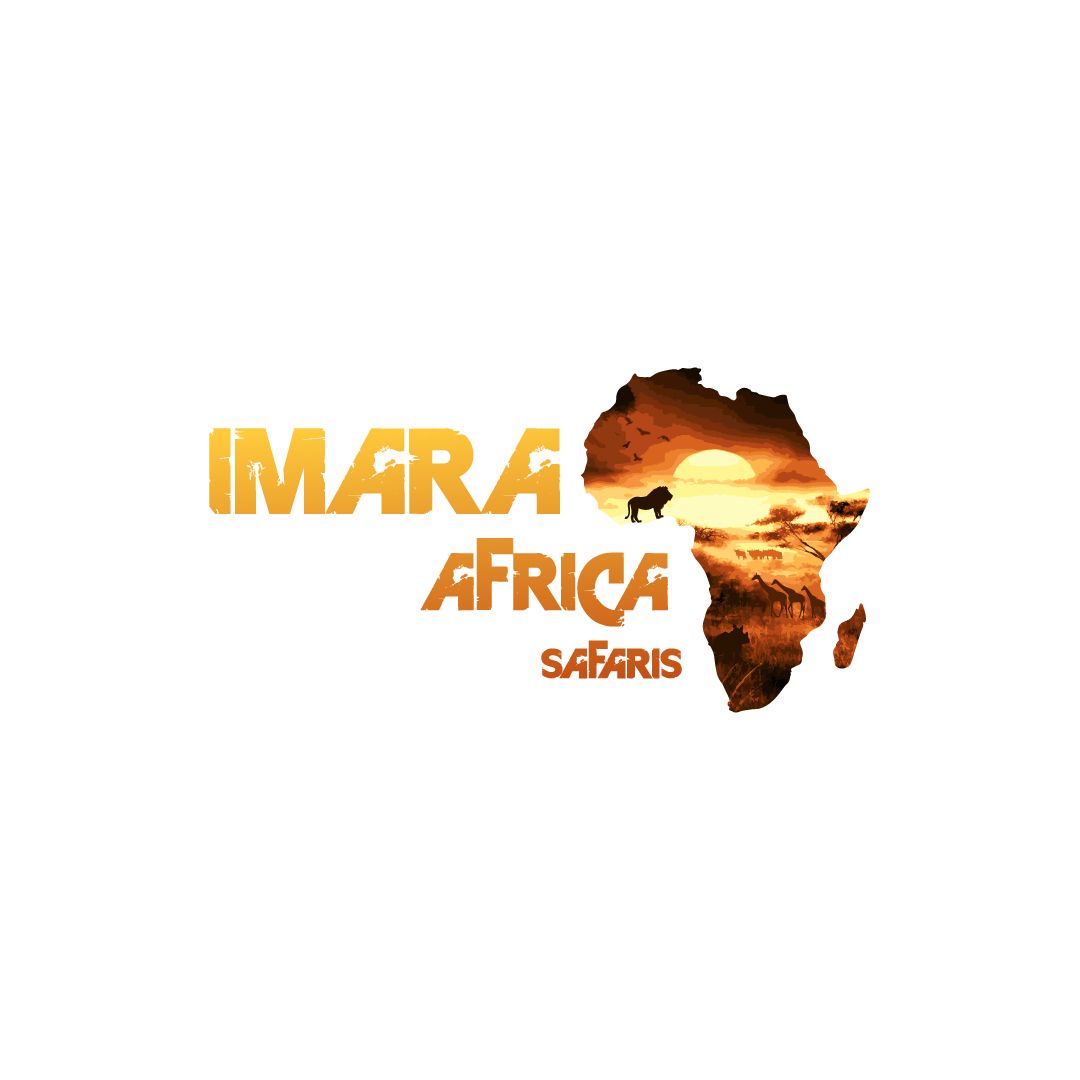Comparing Africa’s Giants: Mount Kenya vs Kilimanjaro
Introduction to Africa’s Majestic Peaks
Africa boasts some of the most iconic and majestic peaks in the world. Among them, Mount Kenya and Mount Kilimanjaro stand out not only for their towering heights but also for their unique features. Both mountains attract climbers and nature lovers from around the globe, offering breathtaking landscapes, challenging treks, and diverse ecosystems.
Geographical Overview
Mount Kenya is located in central Kenya, just south of the equator, and is the country’s highest mountain. It is also the second-highest in Africa, after Kilimanjaro. Kilimanjaro is situated in Tanzania and is a part of the Kilimanjaro National Park, close to the border with Kenya. Unlike the Mount Kenya range, which comprises several peaks and spires, Kilimanjaro is a solitary peak.
Climbing Routes and Difficulty
Mount Kenya offers several routes for climbers, with the most popular being the Naro Moru, Sirimon, and Chogoria trails. While it’s technically more demanding to reach the true summit, Point Lenana (4,985 meters), the third-highest peak, is a feasible target for most trekkers. In contrast, Kilimanjaro’s Uhuru Peak rises to 5,895 meters and can be ascended via various routes including Marangu, Machame, and Lemosho. Although Kilimanjaro is a physically challenging hike due to altitude, it does not require technical mountaineering skills, making it accessible to a broader range of enthusiasts.
Distinctive Features
Mount Kenya is renowned for its striking series of spires and jagged peaks. The complex structure was formed by volcanic activity and later sculpted by glaciers. The mountain has a rich alpine and sub-alpine ecosystem, with unique flora and fauna. Additionally, Mount Kenya is home to spectacular lakes, mineral springs, and a variety of forested and bamboo areas.
On the other hand, Kilimanjaro is renowned for its snow-capped summit, which looms over the surrounding savanna. It is a massive stratovolcano with three distinct volcanic cones, Kibo, Mawenzi, and Shira. Kilimanjaro is also recognized for its diverse ecological zones that include rainforest, heath, moorland, alpine desert, and the icy arctic summit.
Flora and Fauna
Both mountains boast a variety of ecosystems that are home to unique plants and wildlife. On Mount Kenya, you can find dense bamboo forests and montane forests inhabited by elephants, leopards, and an array of birdlife. Higher up, the vegetation becomes more sparse, with giant groundsels and lobelias characterizing the alpine zone.
Kilimanjaro is also a pristine natural environment with lush rainforests at its base, providing a haven for elephants, leopards, and the endangered Abbott’s duiker. As trekkers ascend, they will notice the vegetation thinning out, eventually giving way to Kilimanjaro’s lunar-like alpine desert and ice fields.
Climatic Conditions
The climate on both Mount Kenya and Mount Kilimanjaro can be unpredictable and can change rapidly due to their high altitudes and proximity to the equator. Climbers must be prepared for everything from hot, sunny days to cold, windy conditions, and even the possibility of snowfall at the highest elevations. Although both mountains can be climbed year-round, the best times are generally during the dry seasons: January-February and July-October.
Conservation Efforts
Mount Kenya and Kilimanjaro are protected areas due to their ecological significance and popularity among tourists. Efforts to preserve the delicate environments of these mountains include strict regulations on trekking activities and initiatives aimed at minimizing human impact. Both sites have been designated UNESCO World Heritage Sites and serve as critical research areas for climate change due to their sensitive high-altitude ecosystems.
Conclusion
Mount Kenya and Kilimanjaro, while often spoken of together, offer distinct challenges and experiences for adventurers. Whether one is seeking the technical climbs of Mount Kenya’s jagged peaks or the more accessible, yet no less awe-inspiring, ascent to the “Roof of Africa” at Kilimanjaro’s summit, both mountains promise profound beauty and a sense of accomplishment that will last a lifetime. As symbols of wild Africa, they stand not in competition but as complements to each other, beckoning explorers to witness the continent’s towering grandeur.





